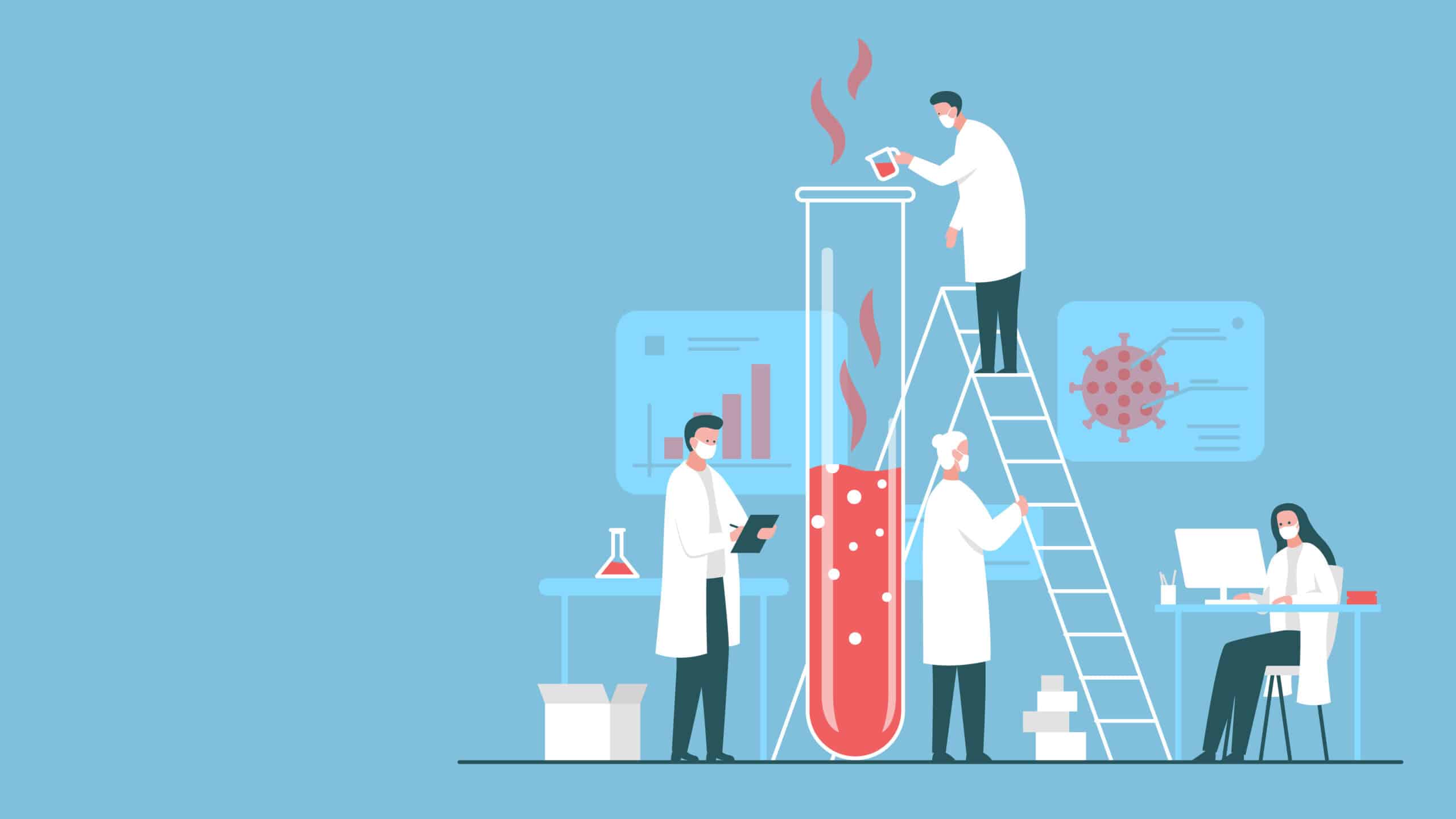So you are worried about your pipeline? That’s totally valid. 90% of clinical drug candidates fail in clinical trials. Compounding the problem, drug development is a costly process, with an average cost of $1-2 billion and duration of 10-15 years.
Your company could spend millions if not billions of dollars. It could work for almost a decade of time on drug development and have nothing to show for it.
All of this begets the question of what to do about it. You have a promising drug candidate. It has made it into clinical trials, a momentous achievement in itself. What next?
Enter translational tools aka biomarkers.
What Are Translational Tools?
A simple google search does not do this body of research any justice. The search yields a 16 item list of the top translation tools of 2022–not helpful. We are not talking about language!
Translational Tools in medicine are tools and techniques that bridge the basic gap between basic research and actual clinical practice through dose optimization, differentiation, satisfaction, and repositioning.
In other words, translational tools allow clinical trials professionals to better measure the effectiveness of a treatment. They are invaluable particularly in areas such as in CNS and oncology where many standard evaluations are subjective and at the risk for human error.
For example, in the CNS space where endpoints are often limited to psychometric examinations, translational tools can provide physiologic evidence of such results thereby providing clear evidence of the effectiveness of a treatment. Most importantly this is shown early in the development process which drives the critical aspects of subsequent phases such as inclusion criteria and dosing.
Additionally, translational tools can even be used to predict whether a treatment will be successful in later trials. This information can save your company 100’s of millions of dollars and years of wasted time.
Translational tools may take the form of imaging, blood/fluid-based biomarkers, genomics, or other modalities such as types of electroencephalogram. We have seen standard measures of evaluation in one field be used as a translational tool in another.
What Tools Should I Use For My Pipeline?
Great question! This is all dependent upon the condition, treatment, and the answers that are being sought is determined through a comprehensive analysis which incorporates review of clinical trials and published studies which includes translational tools. For example, Snowfish undertook an analysis which started with over 15,000 studies and narrowed down to 500.
Overall, the objective is to uncover the most common tools and how they are used, the types of trials they are used in and identify newer trends. Also, such an analysis will identify the correlation between translational tools and clinical manifestations (e.g., parameters on psychometric tools).
Conclusion
While translational tools are a confusing field to understand, their utility is endless. Companies, particularly those in spaces where there are high rates of product failure in clinical trials, would greatly benefit from leveraging these tools during their product development. Your pipeline awaits.
Thanks for reading! Snowfish exclusively focuses on the life sciences. We have completed 100s of projects in 60+ disease states for 40+ clients. Please send us an inquiry at info@snowfish.net if you are interested in the innovative insights we generate.
- Deal in Review: AbbVie Acquires Cerevel - March 20, 2024
- Deal in Review: AbbVie Acquires ImmunoGen - December 7, 2023
- The Competitive Landscape for Weight Loss Treatments - August 25, 2023




